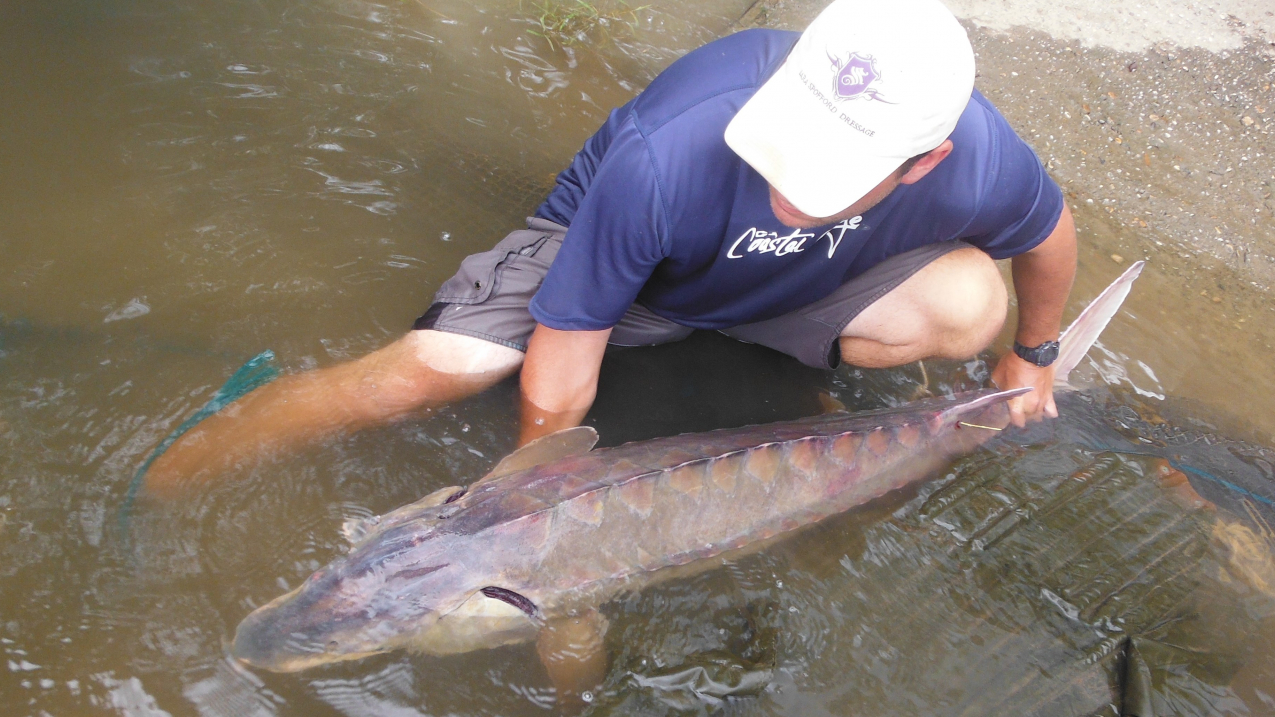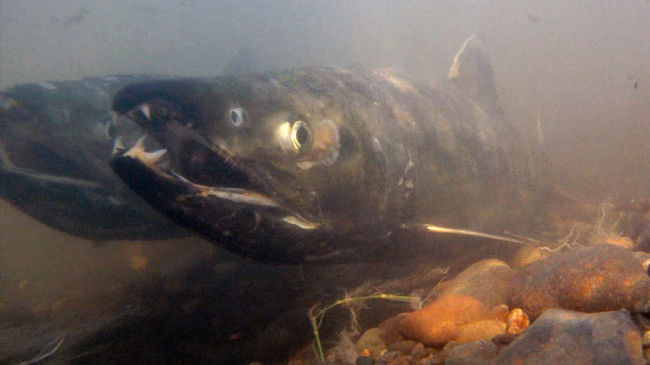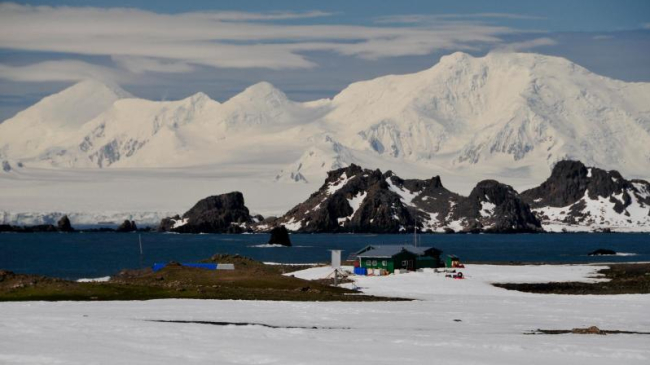Imagine creatures, up to 14 feet long, swimming in creeks and streams along the densely populated East Coast of the United States. Surprisingly, such prehistoric animals still exist, and NOAA and partner scientists are using innovative techniques to track them through Chesapeake Bay tributaries.

NOAA Fisheries biologist Jason Kahn holds an Atlantic sturgeon as part of a collaborative research project to study the species' spawning behavior. (Image credit: NOAA)
Sturgeon appeared in the fossil record approximately 200 million years ago, before the evolution of some dinosaurs, including Tyrannosaurus rex. Atlantic sturgeon, ranging from Canada to Florida, were subjected to a robust commercial fishery beginning in 1880. The fishery from Maine to Florida continued through 1998, severely depleting, and in some cases destroying, their populations.
As part of a range-wide effort to conserve the species and protect future generations, scientists with NOAA Fisheries, the U.S. Navy, and private firm Chesapeake Scientific are using tagging and genetic technology to understand how Atlantic sturgeon move through tributaries of the Chesapeake as they spawn. Learn more about their ongoing collaboration in this video.



